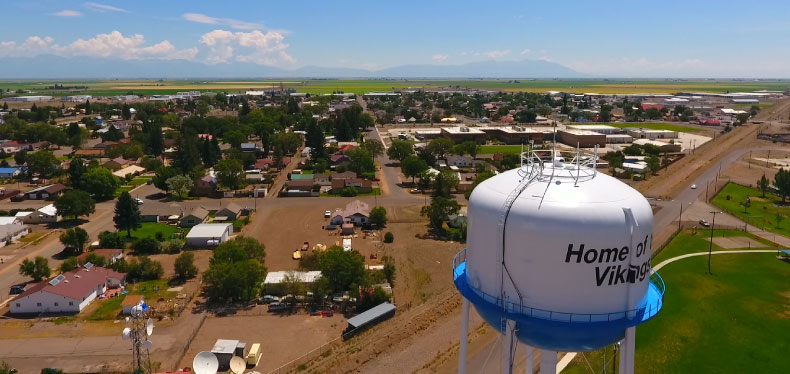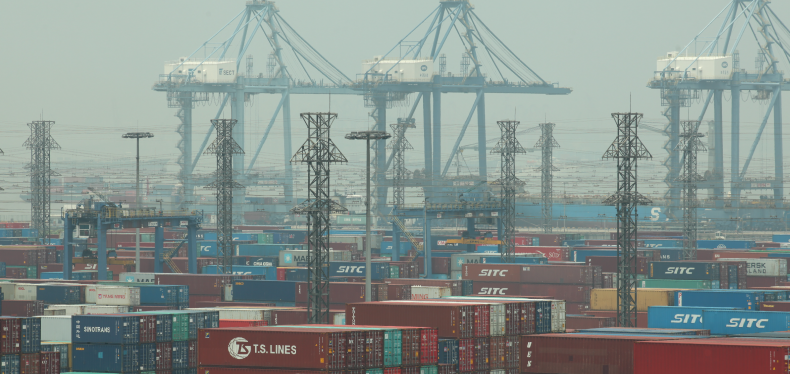
Our world is becoming 100% connected, with continuous connectivity a basic commodity. With an ever growing portion of our data living in the cloud, forced unavailability is fast becoming unacceptable. While we used to get some work done and consume entertainment in offline mode, being online is now a key requirement for many elementary services. From email, cloud based services, social networking and up to streaming media – all require constant connectivity.
Connectivity “dark spots” are becoming fewer and smaller, and as such they stand out to customers as poor user experience. One of the major remaining dark spot environments is the transportation industry – specifically rail and metro.
For a growing number of people, connectivity has become an important factor in choosing a mode of travel. A great deal of train and metro riders are daily commuters. This means they will be travelling two times a day, five days a week (at least). Even a short 20 minute commute (for the lucky ones) adds up to a significant disconnection time.
The transport industry is beginning to respond to this demand. A variety of solutions are available, with rail/metro operators having various factors to balance:
Throughput
High throughput is a must. Several operators have poured a significant amount of money into solutions which have failed to deliver enough capacity. The only thing more frustrating than “no connection” is a “slow connection”. In fact, clients that see a wireless network available on-board, but are unable to get the service they want - due to slow/shady connection - will end up more frustrated as their expectations were set higher. With this in mind, operators are looking for solutions that will be able to serve their full trains during rush hour. Current demands have reached as high as 100Mbps per train, and are likely to more than double in the near future. Naturally, a proven existing high throughput solution, with a solid roadmap for future enhancement will be required.
Deployment Challenges
Deploying along the track or in metro tunnels can be a big challenge. This challenge is amplified by the fact that any work near the tracks will require stopping the train service. Solutions requiring dense trackside deployments will greatly increase the project cost and time to deploy.
Control
Once installed, the operator usually desires full control of the system. Cellular based solutions leave the system under the control of cellular provider. Any service degradation or coverage issues are likely to fall between the cracks leaving end users very frustrated.
Overall Cost
Each rail/metro environment is different. Operators will have to plan out the business model most suitable for their end clients. Some provide free browsing while monetizing on additional services such as advertising. Others find a suitable payment plan appealing to commuters. Commuter profile, competing transport modes, and added service options will all dictate the monetization approach (as well as any governmental/municipal funding or regulations). Regardless, the operator will want to reduce its initial expenses. Some of the methods to do this:
- Choose an option that requires fewer trackside installations.
- Apply careful planning prior to deployment to achieve optimal results.
- Use a phased project methodology. Monitor existing deployments as the project rolls out to further optimize your cost to performance balance.
- Assure a high level of performance delivered (so it may be charged). High throughput, combined with strong QoS mechanics, will give the operator flexibility to introduce additional services like targeted advertising, PIS, CCTV, on-board Femtocells, etc.
In my next blog post I’ll talk about how some of the largest metro and rail systems in the world chose RADWIN FiberinMotion to address these challenges, and what was involved in rolling it out.

 Back
Back



